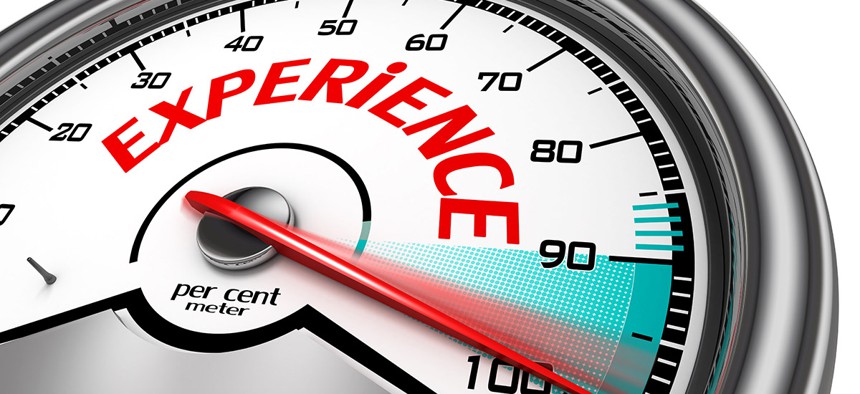Want Better Customer Experience? Try Creating 'OMG' Moments

donskarpo/Shutterstock.com
One transportation authority aims to turn customer complaints into potential customer-service victories.
As a whole, the federal government provides the worst customer experience among all industries, but agencies could go a long way toward improving its standing by creating “oh my God” moments for customers.
Kim Scott Heinle, assistant general manager for customer service and advocacy at the Southeastern Pennsylvania Transportation Authority, outlined last week the “quantum change” in customer service afoot at SEPTA—much of it driven by an internal effort to bake customer service into the DNA of all 9,700 employees.
Speaking Sept. 20 at the Federal Customer Experience Summit hosted by Government Executive and Nextgov, Heinle said SEPTA and its staff have transitioned from a reactive complaint department to a proactive problem-solver and partner for the millions who ride buses, trains and trollies in the Philadelphia metro area each year.
SEPTA’s total customer experience includes the internal customer service for staff, as well as customer service provided to paying customers and taxpayers who foot the other half of its costs.
» Get the best federal technology news and ideas delivered right to your inbox. Sign up here.
One of the ways SEPTA aims to deliver superior customer experience is “first-call resolution,” Heinle said, and its call center reps are able to achieve that 90 percent of the time.
“We hear, we listen and we give the customer an answer,” Heinle said. “It may not always be the answer they want, but when they hang up, they feel satisfied. And when we can’t answer it, we go to the subject matter expert in the field.”
In this way, SEPTA turns customer complaints into potential customer-service victories. The 10 percent of complaints front-line staff can’t answer upfront are referred to SEPTA employees in the field who can. That employee—whether he or she is a bus operator or the transportation director—calls the customer back with an answer.
“The trick here is to have the person who owns the service delivery call customer back, and that is an amazing moment,” Heinle said. “The next day, you get a call back from the director of transportation to talk about your issue, it creates an amazing, 'oh my God' moment. We really follow up.”
Those conversations don’t begin and end on the phone, either.
Nextgov's sister publication, CityLab, profiled SEPTA’s progressive use of social media as a customer engagement tool. SEPTA employs trained specialists who represent the organization on a variety of social media channels, and they don’t shy away from chatting with customers. It’s even more impressive because anyone who rides public transportation and tweets knows how negative the comments can be.
Heinle acknowledged that engaging with unhappy customers can be uncomfortable, especially in an environment where others can watch the conversation unfold in real-time, tweet by tweet. But after an initial listening period, where Heinle said SEPTA joined Twitter and simply read what customers had to say, it “jumped in” to the conversation and helped shape it. Now, SEPTA is expanding its footprint to platforms like Instagram.
“You have to be where your customers are,” Heinle said. “You just have to.”
NEXT STORY: Treasury mulls open identifier system






